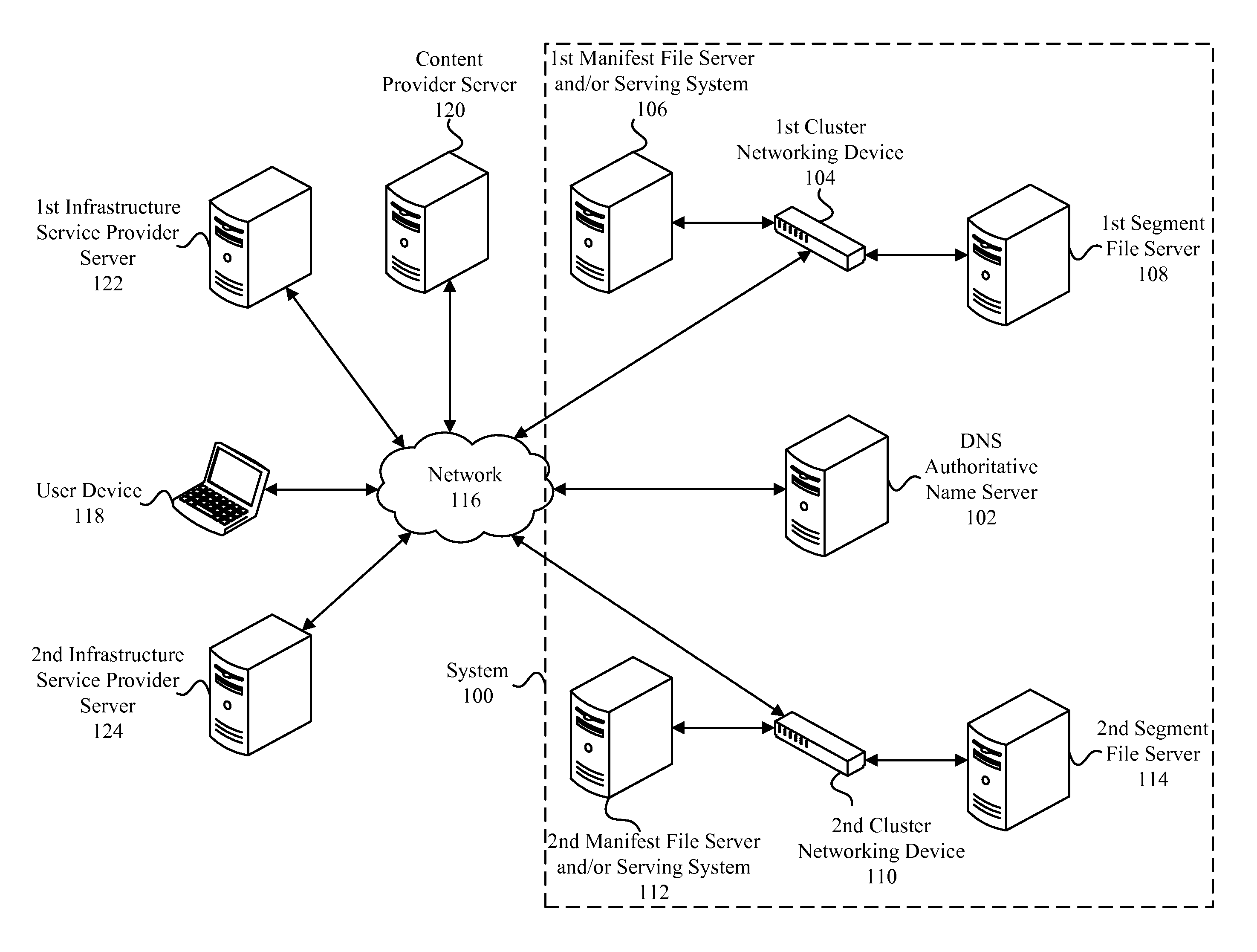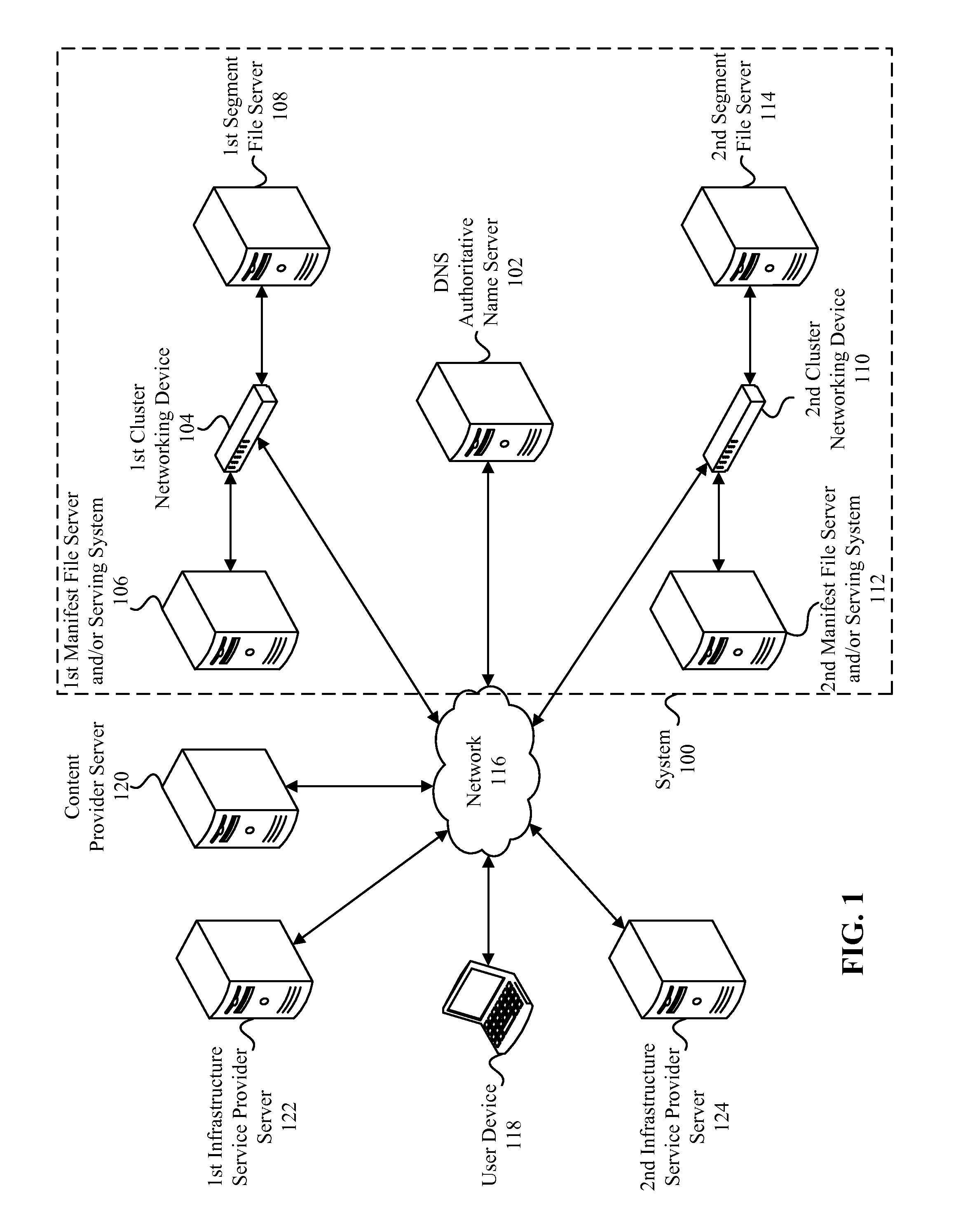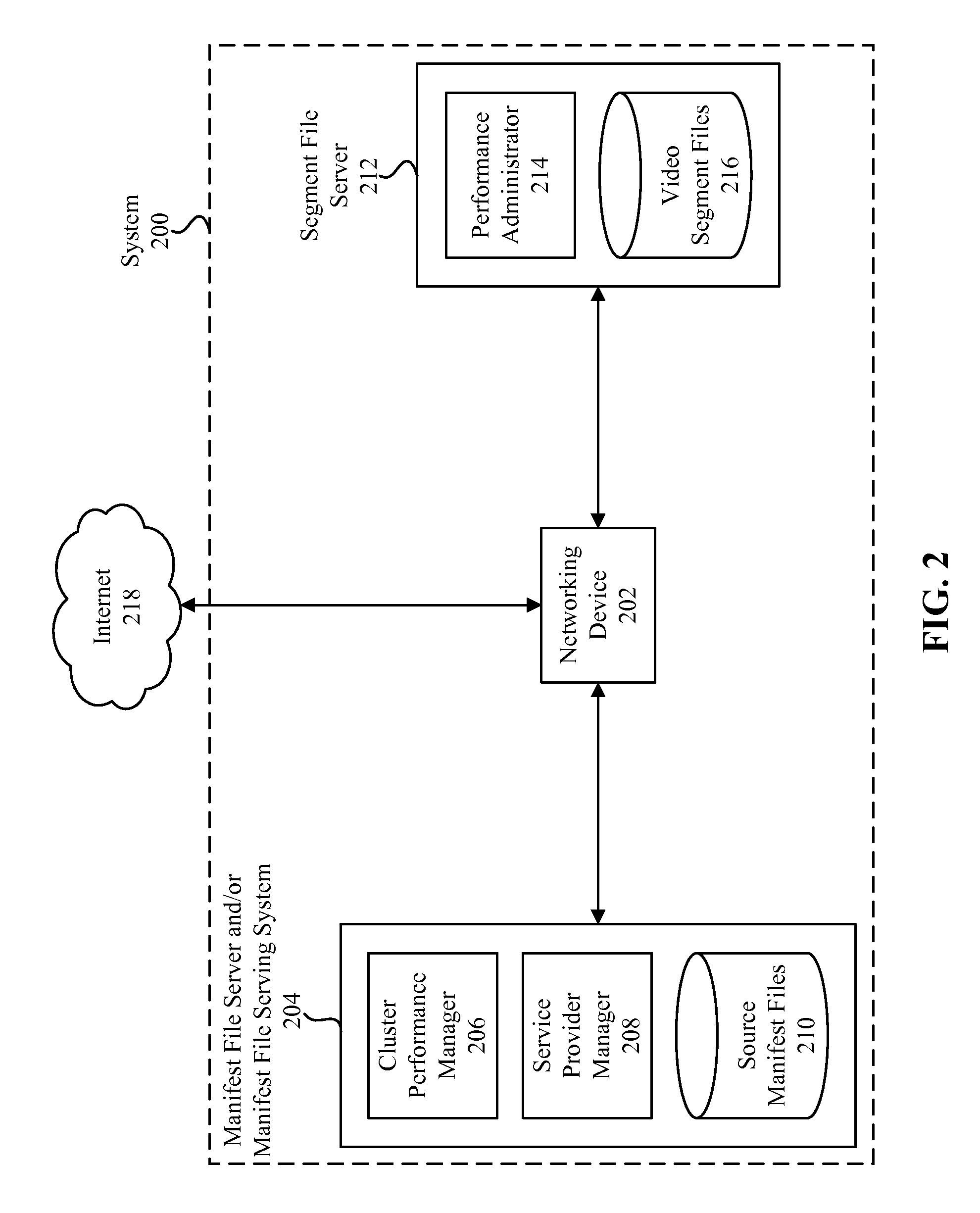Infrastructure resources are often subject to demand extremes that are unpredictable, making these resources important to manage effectively over a variety of time periods, including over long, intermediate, short, and sometimes very short periods of time; are often interconnected with limited flexibility, sophistication, and responsiveness, especially across independently managed organizations (for example,
Border Gateway Protocol [BGP], the fundamental Internet
routing protocol that controls the routing and flow of data between separate Internet Autonomous Systems, takes as an input the
interconnection topology of networks but not the volume of traffic flows across, or the performance of, the network links that interconnect the networks); are often operated at levels approaching capacity limits, resulting in performance variability as well as significant dislocations in the event of partial or temporary failures; and are frequently dependent on the performance and / or availability of other resources operated by one or more disparate entities.
Additionally, a user's actual or perceived experience with a digital service is commonly a “weakest link” circumstance, where a single unavailable or poorly performing resource may degrade the entire actual or perceived user experience; for example, an
HTML web page may not render properly in a browser window, or may not render at all, until the last page object to be delivered to the
user device is received at the browser (which then finally enables the browser to render the full page) and as a result if one banner advertisement, embedded image, or other embedded page object is slow to arrive at the user device, the entire
web page appears to the user to be slow to render; as another example, in many cases a video that begins playing properly will freeze and the user's device will display a buffering indicator if the data that makes up the video does not arrive at the device at the rate at which video playback renders the video data into video frames played out to the user, and as a result if one data packet is slow to arrive at the user device and arrives only after it is needed, video playback is interrupted and the video is not experienced normally and continuously by the user.
The variety of resources required, proliferation of interconnected resource infrastructure service providers, performance variability of infrastructure and other service providers, lack of control over necessary and / or unavoidable intermediate resource infrastructure and other service providers, the volatility and unpredictability of demand for (and utilization of) infrastructure resources, and the weakest link characteristics of many digital services, combined with the high performance expectations of users and low tolerance by users for error and
delay, creates a demanding technical environment within which digital services operate.
Each of these approaches has inherent limitations.Using virtual
server IP addresses provides an element of
scalability and availability, but since virtual
server IP addresses are generally each provisioned at a particular network location, the virtual
server IP addresses may be far (in terms of network distance) from a given user computing device and / or subject to intermediate
network performance; in addition, such
virtual servers, like real physical servers, can become overloaded and therefore slower to respond.Using
cloud storage addresses provides an element of
scalability and availability, but since
cloud storage addresses are generally each provisioned at a particular network location or small group of network locations, they may be far (in terms of network distance) from a given user computing device and / or subject to intermediate
network performance.The DNS resolutions performed by
content delivery networks allow for selection of servers that are ideally close, in network terms, to the user device, and that are not overloaded, but such DNS resolutions are not always accurately based on the location of the user's device, and further are generally not very granular.
As a result,
content delivery network DNS servers know only the location of the ISP local
name server, and not the location of the user device itself, at the time of DNS resolution; while it is often the case that the network location of the ISP local
name server is a good indicator of the network location of the user device, this is not always true—in a significant percentage of cases the network location of the ISP local
name server is not an accurate indicator of the network location of the user device and in many cases is misleading.
Accordingly, a
content delivery network's DNS
hostname resolutions generally must each accommodate many (likely thousands or tens of thousands) possible content objects, many (likely thousands or tens of thousands) prospective user requests, and unknown (and possibly changing) potential server demand, all at the moment the
hostname is resolved into one or more IP addresses.While selecting a better network
route or prioritizing network traffic can improve
network performance over the managed portion of the end-to-end network
route, it does not manage the unmanaged portion of the end-to-end network
route, nor does it address server performance, server
scalability, or server overloading.
Service provider performance under various sets of technical conditions may change over time, slowly or rapidly, may fluctuate regularly or irregularly, and may be significantly impacted by unusual occurrences, which can be long-lived or short-lived, such as sudden changes in aggregate demand or localized demand, outages, network and equipment failures, and security attacks and breaches.
Service provider performance can be difficult to test fairly and objectively, especially when service providers are aware of testing and / or when performance testing itself is detectable by technical methods, especially automated technical methods.
Service provider performance is also difficult to monitor in
actual use (as opposed to in testing use), in detail, from a user's perspective, across multiple service providers and sets of technical conditions, within a timeframe that allows for
effective action.
Further complicating the technical environment, in many cases digital services elect to allocate their use of each given infrastructure service among two or more infrastructure service providers, for example, concurrently using two (or more than two) content delivery networks to
service content requests, allocating a given request to one or the other
content delivery network.
When a digital service uses multiple infrastructure service providers, or needs to supply resources to end users from multiple originators, or both, the aggregate
technical performance and actual or perceived user experience is subject to a greater and more complex range of technical factors, resulting from the performance variations among the infrastructure service providers, performance variations among the multiple originators, and performance characteristics of interactions among the multiple originators.
This approach is limited, however, by limitations on the
software environments implemented on user devices by the manufacturers of user devices, and by the increased complexity and other consequences to digital service operators of increasing the amount of
programming included in the digital service's user device
software or applications.
For example, the browsers built into most mobile devices, including the mini Safari browser built into Apple's iOS and the mobile Chrome browser built into Android-certified devices, do not support the installation of browser extensions; as a result, browser-based applications can only interact with the browser, and the
software function of the browser cannot be extended.
Similarly, the
software programming environments available on most mobile devices (including iOS-based devices and most Android-certified devices) do not support direct, low-level interaction with the
Transmission Control Protocol (TCP) handling module on the device; this means that a software application running on an iOS device, for example, cannot directly measure connection latency, TCP
packet loss, or TCP packet
jitter (variations in the arrival rate of TCP packets).
As a result, relying on software on the user's device would require relying on software that, in the case of many devices (including most mobile devices), is limited in terms of what it can observe, measure and implement.
Even in the less restricted environment of a desktop browser, wherein using a browser extension installed into the browser can enable lower-level interaction with desktop
operating system functions, the explicit user action required to install the browser extension operates as a significant impediment to practical, widespread implementation.
Not all adaptive streaming video specifications and / or implementations support, or work properly with, variably encoded video files, but some may.
 Login to View More
Login to View More  Login to View More
Login to View More 


